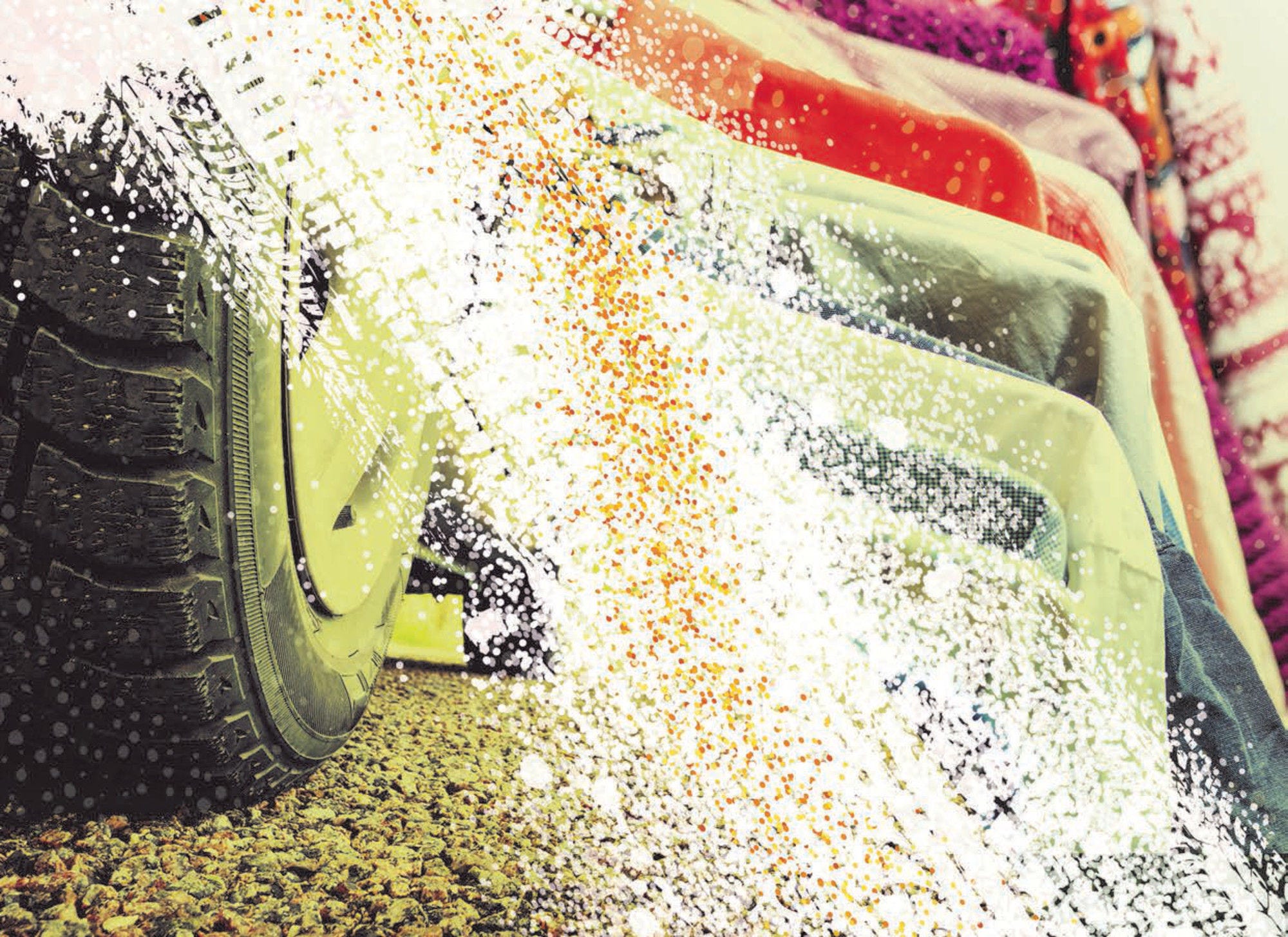Microplastics pollution is one of the most pervasive emerging environmental issues. Tiny plastic fragments, particles and fibres now widely contaminate oceans, freshwaters, soils and air. Once in the environment, microplastics may continue to fragment into smaller particles and persist for a long time. Aquatic species, from plankton to large mammals, as well as humans are commonly exposed to microplastics via ingestion or inhalation.
A myriad of emission sources contribute to microplastics pollution. Examples are accidental industrial spillages, the discharge of microplastics intentionally added to products (e.g. rinse-off cosmetics and detergents) and the wear and tear of synthetic products (e.g. synthetic textiles, vehicle tyres) occurring during their use. Up to 3 Mt of microplastics enter the environment every year. Additionally, the degradation of plastic waste discarded into the environment further contributes to microplastics pollution.
Microplastics pollution is a reason of concern for water quality, potentially affecting ecosystems and human health. Laboratory experiments have shown that microplastics ingestion can induce adverse health effects in aquatic biota, although large uncertainties persist with regards to the thresholds at which risks may occur. Concerns are mainly driven by the presence in plastics of toxic chemicals and known or suspected endocrine disrupting additives, as well as by the potential for microplastics to sorb persisting organic pollutants from the environment. Although data gaps hinder reliable risk assessments, the persistence of plastics and the projected fast and continued increases in pollution levels call for policy measures to mitigate current and future risks to ecosystems and human health.
In recent years, microplastics pollution prevention has gained increasing policy attention in OECD countries. Attaining resource productivity, managing plastics in a sustainable way, preventing leakage to the environment and preserving water quality are key elements of environmental policy objectives in OECD countries, as also reflected in Sustainable Development Goal targets 6, 12 and 14.1. The OECD Council Recommendation on Water calls for Adherents to prevent, reduce and manage water pollution from all sources, while paying attention to pollutants of emerging concern, such as microplastics.
Recent policy action – notably restrictions on single-use plastics and microbeads in rinse-off cosmetics, and improved waste management practices – may contribute to reducing some plastic uses and mitigating leakage to the environment. However, the emission of microplastics from the wear and tear of products is a complex issue that remains largely untargeted by current policy frameworks, despite accounting for a substantial share of releases. Furthermore, while the leakage of plastic waste mainly occurs in emerging economies, OECD countries contribute substantially to the emission of microplastics. North America, Western Europe and Japan alone account for almost a third of direct microplastics releases, of which the abrasion of tyres and synthetic clothing account for 62%. In this context, several OECD countries are increasingly looking for solutions to better control these emissions.
This report develops policy insights on how to minimise microplastics emitted unintentionally from products and their potential impacts on human health and ecosystems. It assesses the feasibility and relevance of available mitigation measures for microplastics pollution of marine and freshwater environments, with a focus on textile products and vehicle tyres, which contribute to between one-half and two-thirds of microplastics releases into the environment (excluding the degradation of leaked plastics).
Microplastics emissions occur and are influenced by several stages of the lifecycle of textiles and tyres. As such, a broad range of entry points exist for the implementation of mitigation measures, including via:
Source-directed approaches, such as the sustainable design and manufacturing of textiles, tyres, and complementary products (i.e. washing machines, laundry detergents, road surfaces and vehicles), to minimise the tendency of products to contribute to microplastics generation;
Use-oriented approaches, such as the uptake of best use practices (e.g. laundering parameters, eco-driving) and mitigation technologies (e.g. microfibre filters), to reduce preventable releases;
End-of-life approaches, such as improved waste management practices, to prevent waste leaking into the environment and potentially contributing to microplastics generation;
End-of-pipe approaches, such as improved wastewater, stormwater, and road runoff management and treatment, to retain the emitted microplastics before these reach water bodies.





